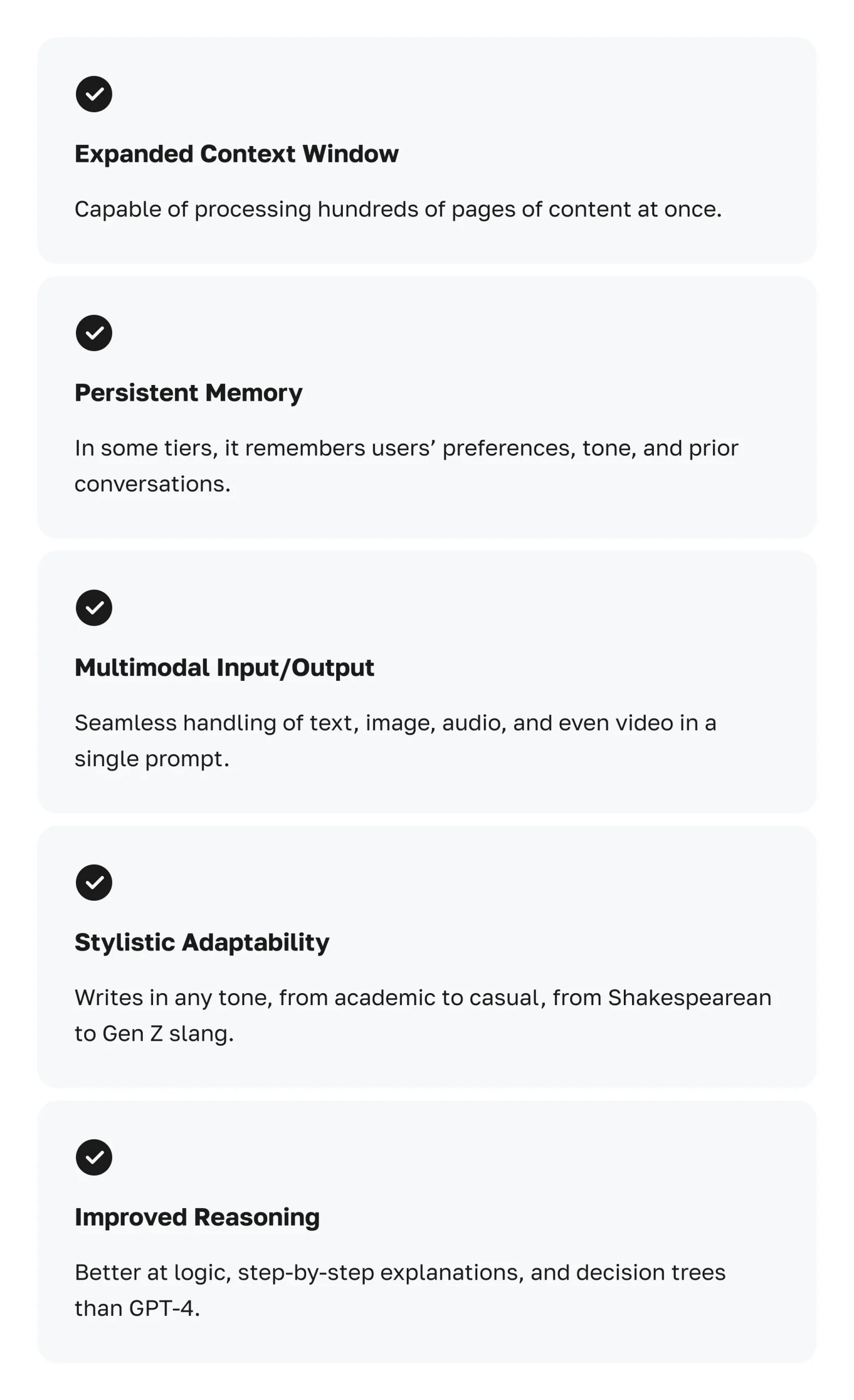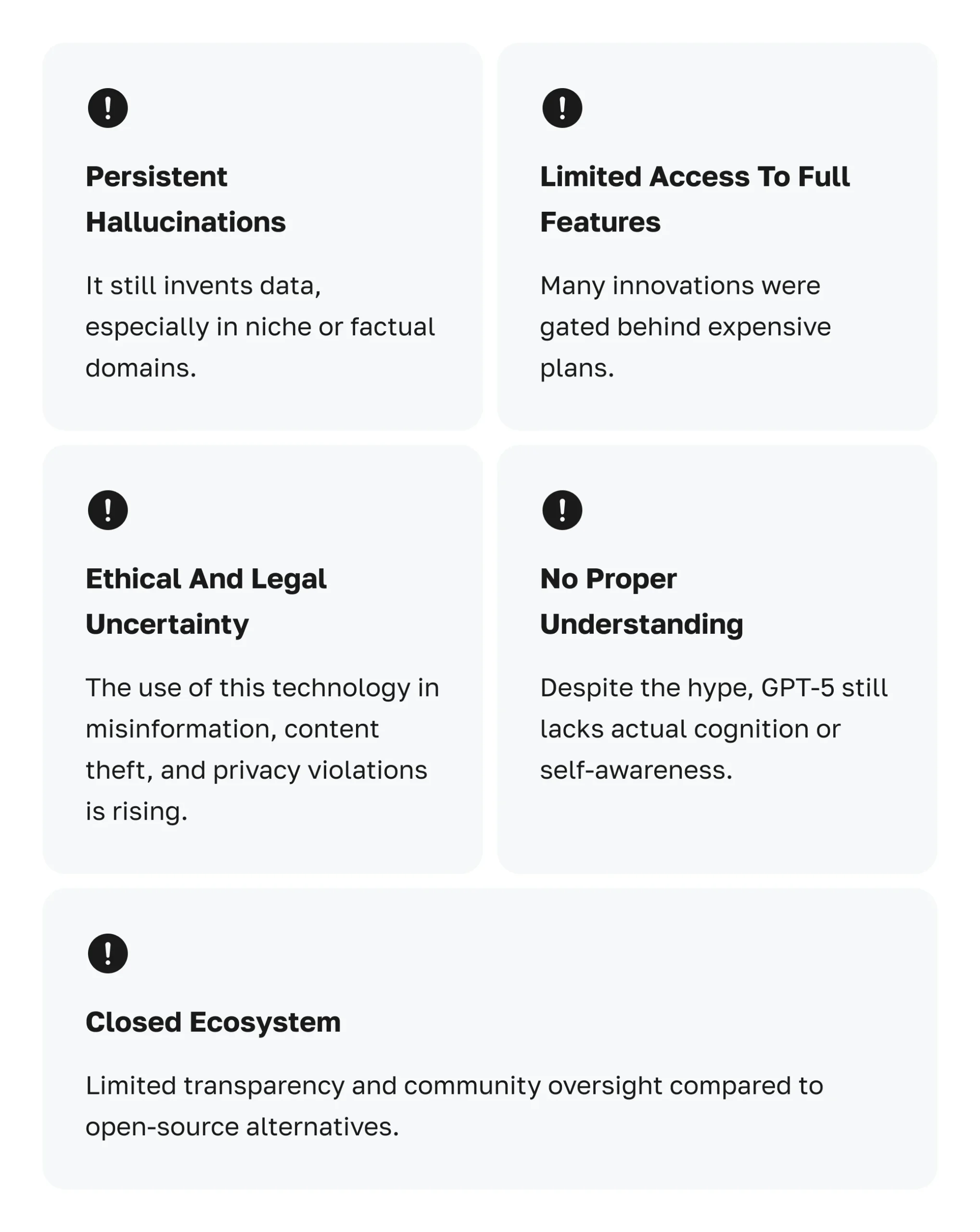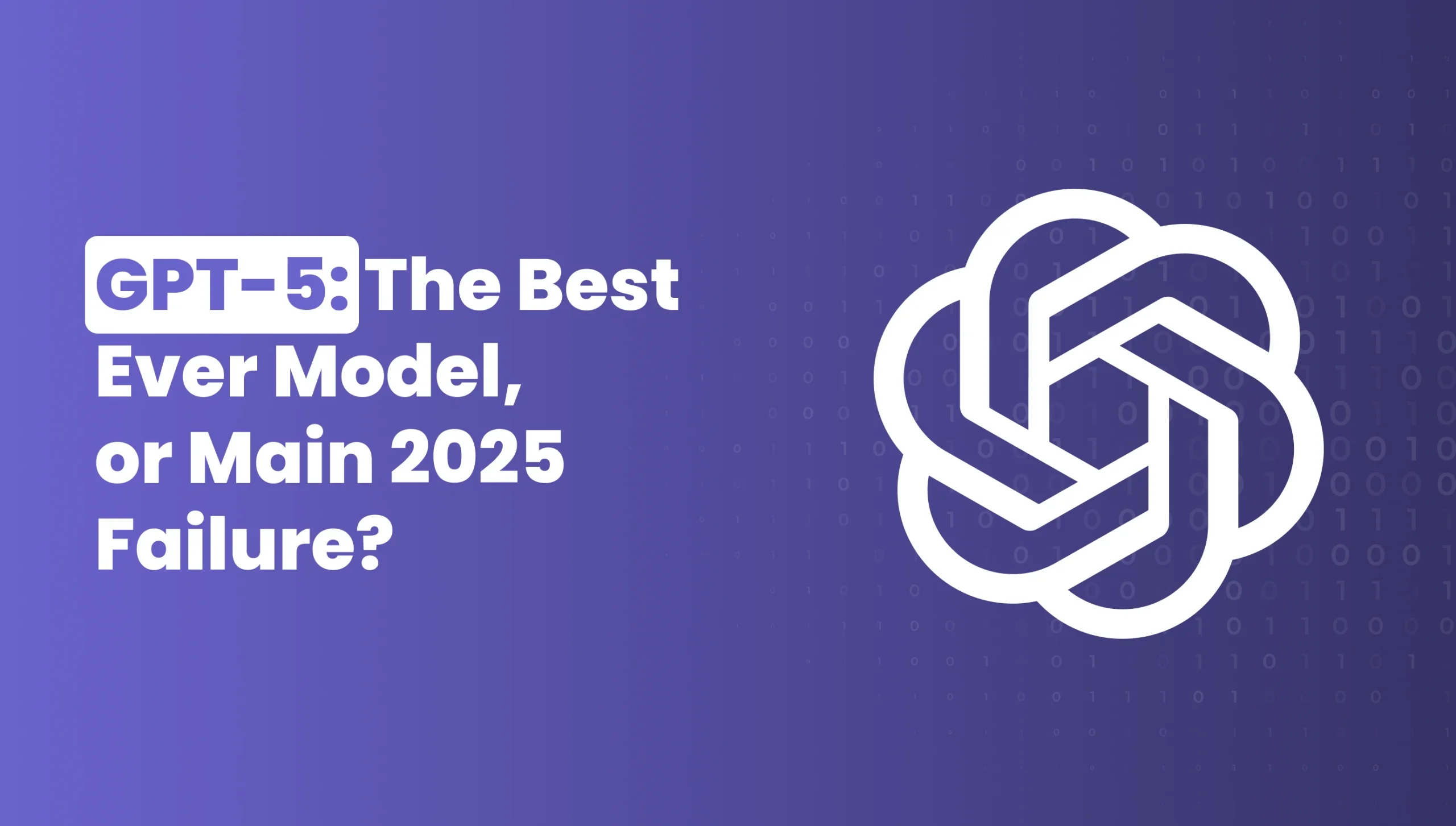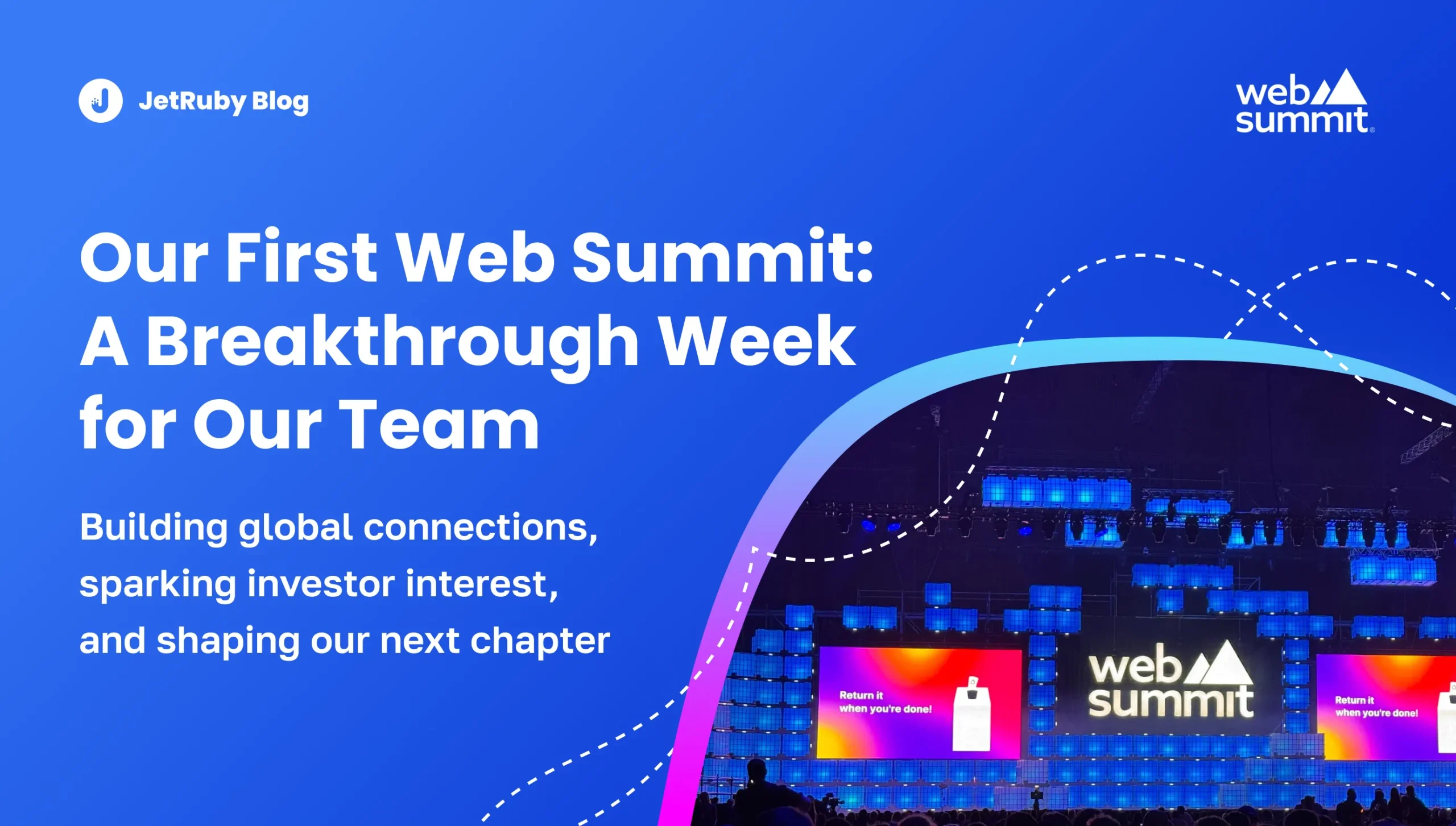Table of Contents
The release of GPT-5 in mid-2025 marked one of the most anticipated moments in the AI world. After months of speculation and sky-high expectations, OpenAI finally unveiled its new flagship model — promising major leaps in reasoning, memory, creativity, and multimodal performance. Some called it a revolution. Others, a disappointment wrapped in better packaging.
So which is it? A breakthrough in human-machine interaction — or just another overhyped release?
To start, there’s no denying GPT-5 is a major technical leap forward. Its ability to follow complex instructions, hold multi-turn conversations without losing context, and adapt its tone or style with almost eerie precision is unmatched. Whether you want it to write a marketing campaign, analyze code, generate ideas, critique design, or simulate a historical figure — it does so with unprecedented fluency. And with access to multimodal inputs — including images, audio, and even video — GPT-5 feels less like a chatbot and more like a universal interface for interacting with digital information.
What Makes GPT-5 Stand Out
Here are some of the key upgrades that set GPT-5 apart:

- Expanded context window: capable of processing hundreds of pages of content at once.
- Persistent memory: in some tiers, it remembers users’ preferences, tone, and prior conversations.
- Multimodal input/output: seamless handling of text, image, audio, and even video in a single prompt.
- Stylistic adaptability: writes in any tone, from academic to casual, from Shakespearean to Gen Z slang.
- Improved reasoning: better at logic, step-by-step explanations, and decision trees than GPT-4.
But despite all this, not everyone is convinced. Under the surface, GPT-5 still struggles with one of the oldest and most dangerous problems in large language models: hallucination. It still occasionally fabricates facts, cites nonexistent sources, and confidently presents misinformation. In high-stakes fields like medicine, law, and science, that’s a nonstarter — no matter how sophisticated the interface looks.
Powerful, But Not for Everyone
Another sore spot is access. While OpenAI touts GPT-5’s capabilities, most of its most powerful features — like long context, memory, and full multimodal abilities — were locked behind expensive enterprise tiers. Individual users and small businesses get a scaled-down experience, prompting some to ask: Is cutting-edge AI becoming a product only the wealthy can truly leverage?
And then there are the bigger questions — regulators, ethicists, and everyday users are starting to ask more loudly. With a model this powerful, who’s responsible when it’s misused? Deepfakes, copyright violations, and AI-generated propaganda are no longer hypotheticals. They’re here. And with GPT-5’s capabilities, the line between what’s real and what’s generated is blurrier than ever.
GPT-5: Main Issues to Know
Among the most common criticisms of GPT-5 are:

- Persistent hallucinations: It still invents data, especially in niche or factual domains.
- Limited access to full features: many innovations were gated behind expensive plans.
- Ethical and legal uncertainty: the use of this technology in misinformation, content theft, and privacy violations is rising.
- No proper understanding: despite the hype, GPT-5 still lacks actual cognition or self-awareness.
- Closed ecosystem: limited transparency and community oversight compared to open-source alternatives.
For many, perhaps the biggest letdown is that GPT-5 isn’t AGI — not even close. It doesn’t “understand” in any meaningful sense. It predicts, mimics, and imitates with stunning precision, but there’s still no self-awareness, proper reasoning, or goal-oriented thinking. It’s smarter than GPT-4, yes. But it’s still very much a tool — not a mind.
So where does that leave us?
GPT-5 is both impressive and imperfect. It’s a huge step forward, but not the final step many hoped for. It unlocks unprecedented efficiency and creative potential for developers, creators, and some industries. For skeptics, it’s a reminder that scale doesn’t automatically equal intelligence — or trustworthiness. And for the average user, it may be both exciting and unsettling to watch AI inch closer to human capabilities while remaining firmly under corporate control.
Ultimately, whether GPT-5 is the best model ever or a major failure depends entirely on what you expected it to be. If you saw it as a powerful assistant, it delivers. If you expected a digital mind, it falls short. But one thing is sure: it has changed the conversation again — and the race toward AGI is far from over.




